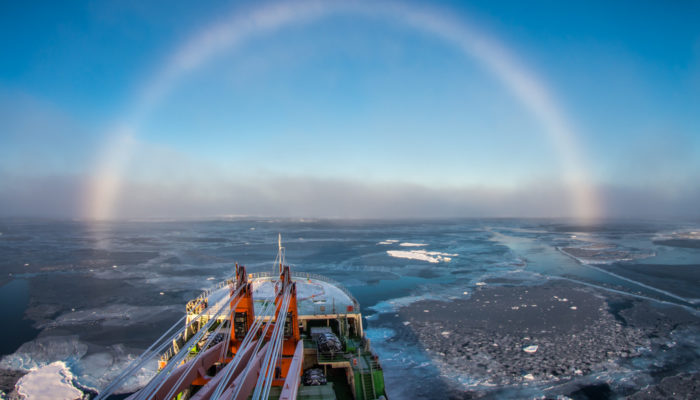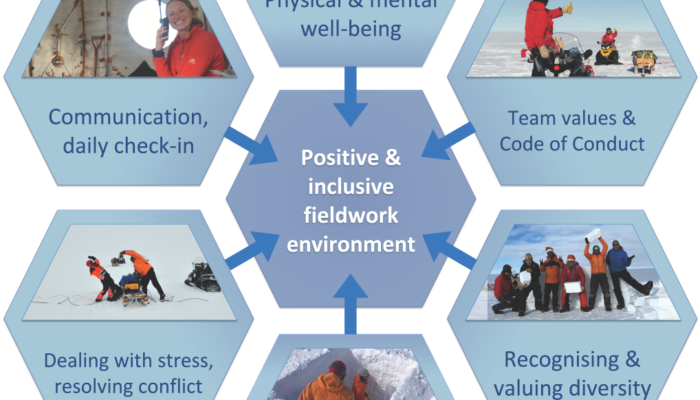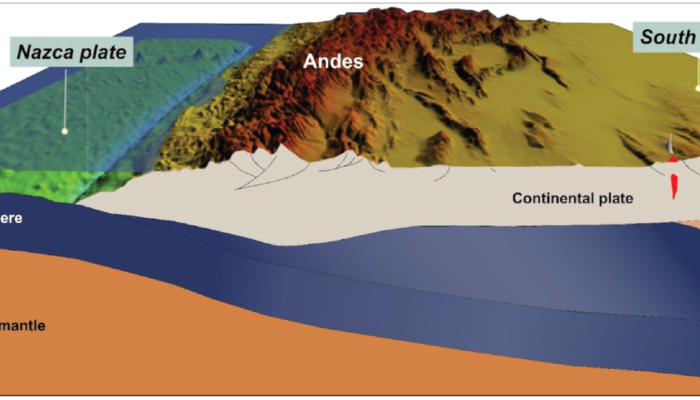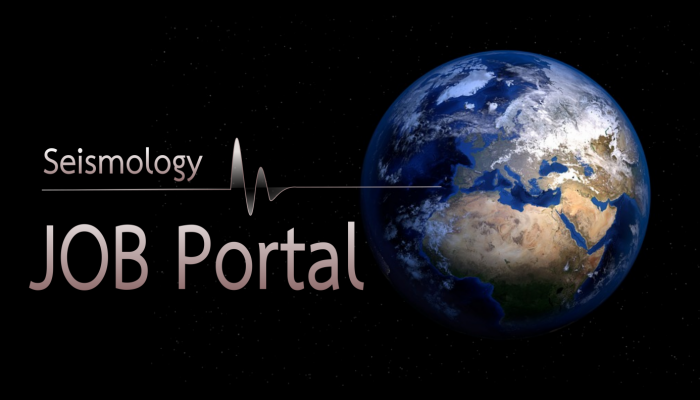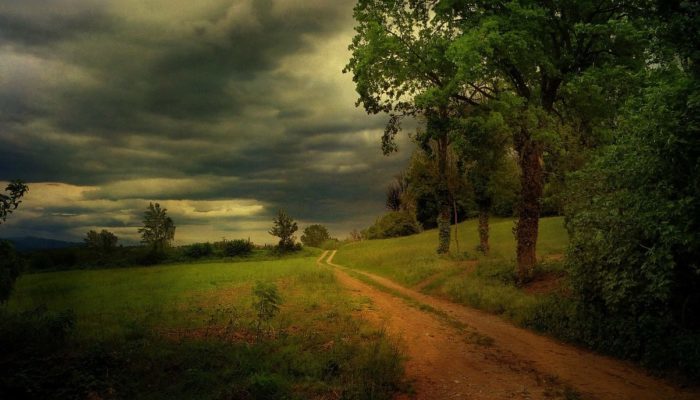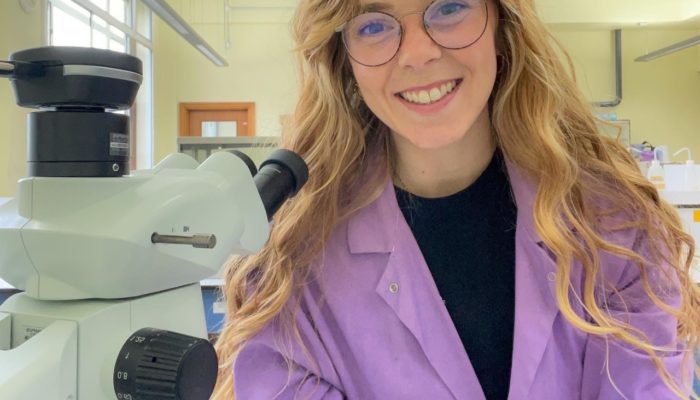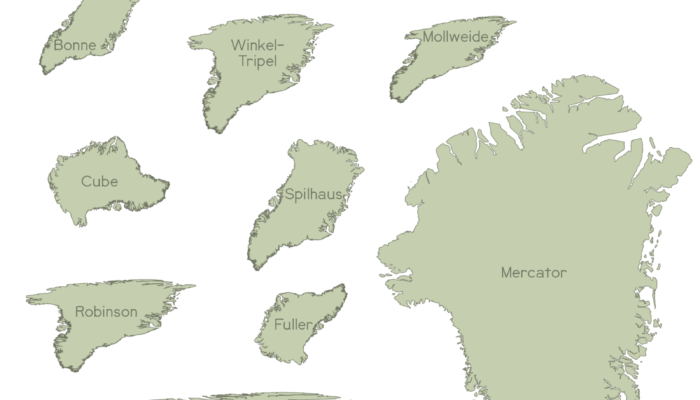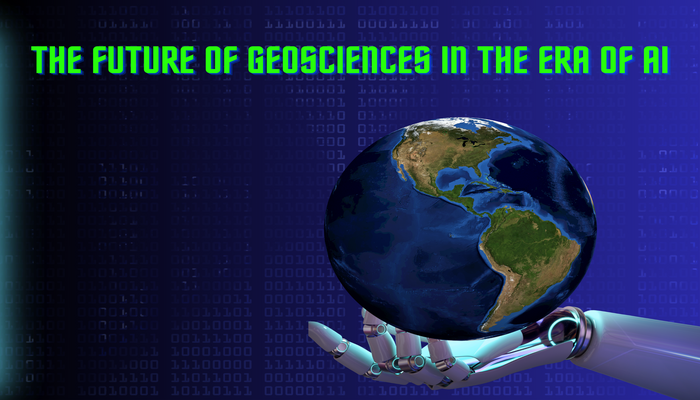This week on 21st June, governments around the world observed World Hydrography Day to celebrate the role of hydrography in understanding the seas. Though initially thought to be a field limited to the navigation of ships, hydrography is being increasingly recognized for its knowledge contribution to the oceans, seas, coastal areas, lakes and rivers, as well as with predicting their change over ti ...[Read More]
If you didn't find what you was looking for try searching again.
Cryospheric Sciences
An inclusive field team is a great field team: Strategies and resources
Fieldwork is essential to polar sciences, but who are the people that actually do the fieldwork these days? A great field team includes people spanning a diversity of scientific skills, but at the same time, a diversity of cultures, backgrounds, and identities also adds intrinsic value to team dynamics and the overall field work experience. As part of the International Thwaites Glacier Collaborati ...[Read More]
Geodynamics
Reflections on the geological and geodynamic evolution of the Southern Central Andes
Reflections on the geological and geodynamic evolution of the Southern Central Andes
Seismology
Seismology Job Portal
On this page, we regularly update open positions in Seismology for early career scientists. Do you have a job on offer? Contact us at ecs-sm@egu.eu Please, note that other available research positions are displayed on the EGU Jobs Portal. Latest open positions: Post-Doctoral Fellowship – Ground deformation recorded by geodetic techniques Institute: FM Global Starting: — Duration: R ...[Read More]
Natural Hazards
From compound extremes to risk perception: conversations with the EGU Natural Hazards Division 2023 Early Career Scientist Award Winner
I am pleased to interview Professor Ankit Agarwal from the Indian Institute of Technology, Roorkee. He specialises in hydro-meteorological (compound) extremes and complex networks and has been awarded the prestigious 2023 NH Division Outstanding Early Career Scientist award. Thank you, Ankit, for your time and for talking with us about your field of research. 1. Can you tell us more about y ...[Read More]
GeoLog
GeoTalk: meet Freija Mendrik, researcher of microplastics pollution in coral reefs!
Hi Freija. Thank you for joining us today! Could you tell our readers a bit about yourself before we dive in? Hi Simon, thanks for inviting me! I’m a marine scientist based in the UK specialising in microplastic pollution but my work has taken me across many different disciplines from physical geography to ecotoxicology. Recently my research has focused on trying to understand what impacts the tra ...[Read More]
Cryospheric Sciences
Did You Know That It Ain’t Easy Being Greenland?
As a reader of the Cryosphere blog, you may have spent a lot of time looking at the Greenland Ice Sheet, but do you really know what Greenland looks like? This “It Ain’t Easy Being Greenland” map is something I made for fun during the #30DayMapChallenge (an international project to complete one map a day during the month of November) and highlights how different the island country appears dependin ...[Read More]
Geodynamics
Artificial Intelligence in Geosciences: A Benefit or a Threat?
We live in the very heart of the Digital Age, where Artificial Intelligence (AI) is already playing a dominant role in our world. We have to ask ourselves what the future will hold for the field of Geosciences in the next years to come? In this week’s blog, our main goal is to share our views regarding the benefits and risks of AI in Geosciences. We live in an ever-evolving world, where technolo ...[Read More]
Hydrological Sciences
How has ChatGPT changed the way you teach hydrology?
Have you ever used ChatGPT to teach hydrology? If so, when did you start? I opened my account on openai.com in November 2022, out of curiosity, to test GPT-3 (Generative Pretrained Transformer generation 3). This was shortly before ChatGPT was launched (30 November 2022). Now, I even have a paid account to speed up the preparation of non-scientific texts, e.g. teaching materials on the use of Exce ...[Read More]
Stratigraphy, Sedimentology and Palaeontology
The unique exposures of El Gordo Diapir, one of the best places on Earth to improve our understanding of salt tectonics, will be destroyed by mining extraction. Would this be a geological site to protect because of its scientific interest?
This article aims to gather support from public or private organizations and individuals so we can convince the Secretariat of Environment and Natural Resources and the National Commission of Natural Protected Areas of Mexico to protect the area that covers El Gordo Diapir in Nuevo Leon, Mexico (https://www.gob.mx/conanp/). There is no intention to damage the image of any company that might have a ...[Read More]

